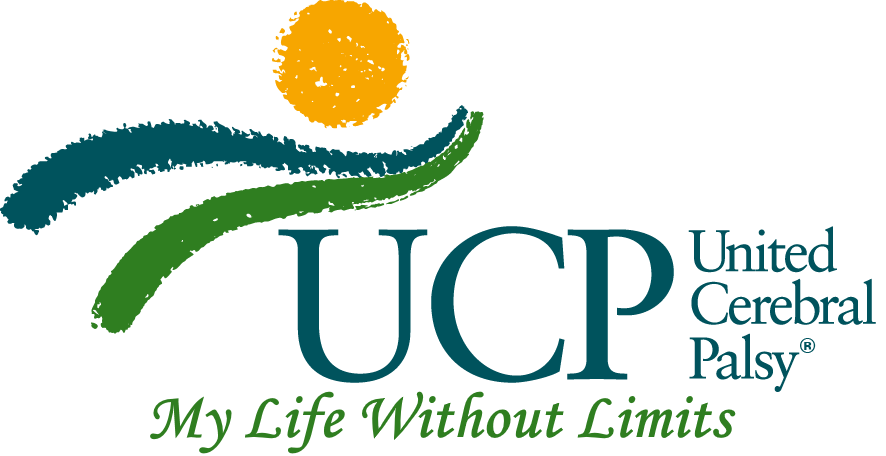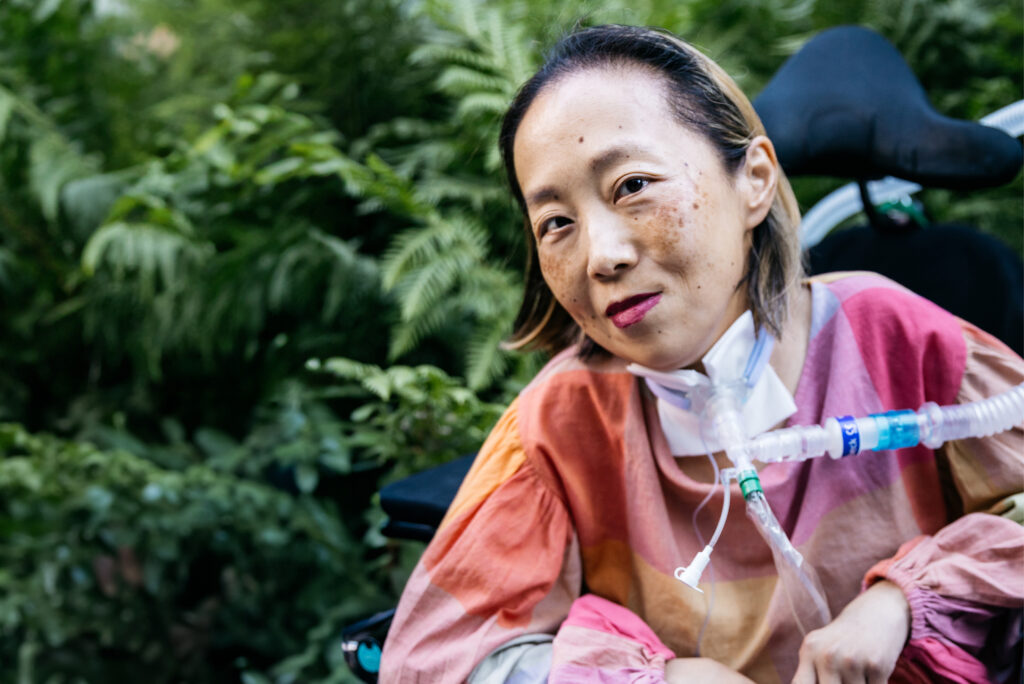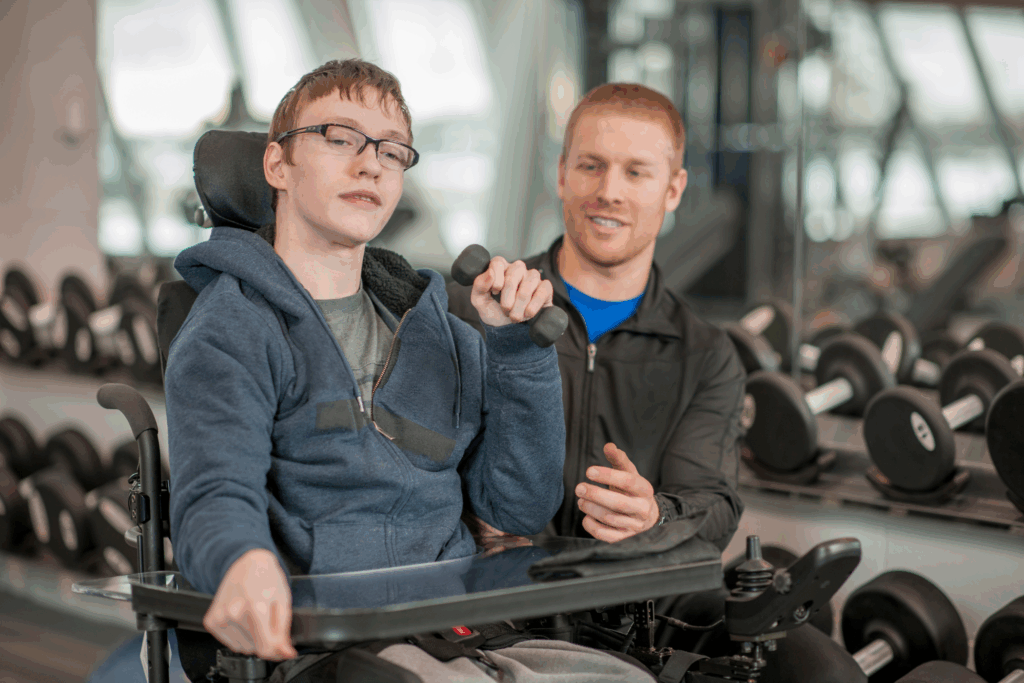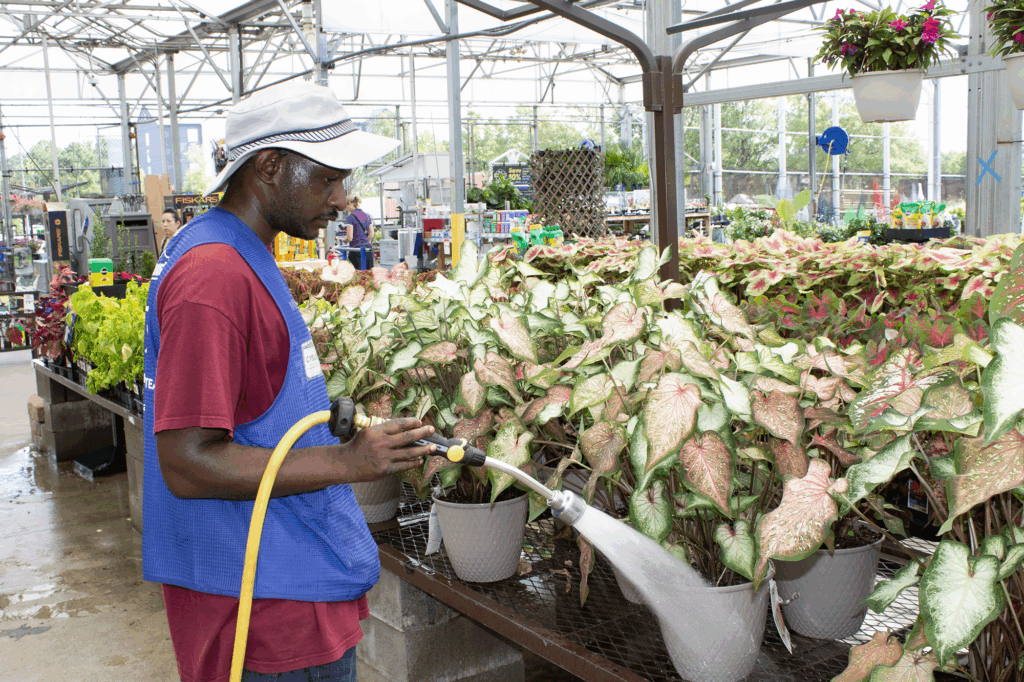By Danielle Shealy
The disability space is constantly evolving and changing, so sometimes it can be hard to navigate the ever-changing vernacular, especially if you’re looking for specialized equipment to assist you or your loved ones with disabilities. The solutions that we are looking for are characterized as accessible equipment, also known as adaptive equipment or assistive equipment.
What Is Adaptive Equipment?
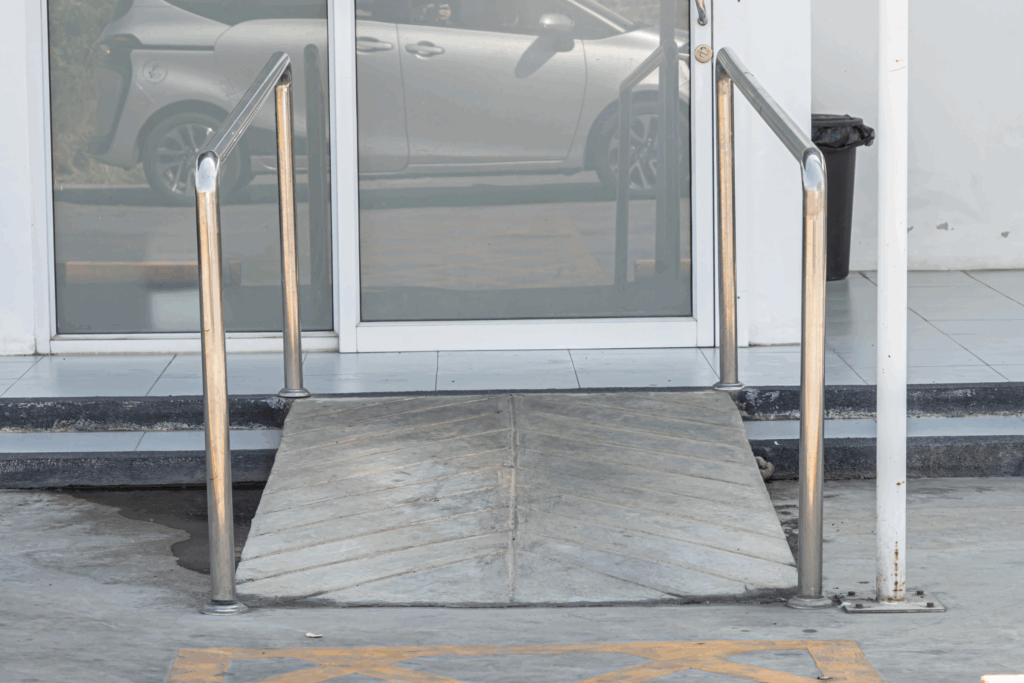
Johns Hopkins says that assistive and adaptive equipment for the home is anything that can make life easier by eliminating a barrier that limits the person from living a full life. That can be mobility aids like wheelchairs or stairlifts, pull-down kitchen shelves, grab bars in the restroom, or assistive communication devices like tablets or telephones.
Adaptive Equipment for Sports and Outdoor Activities
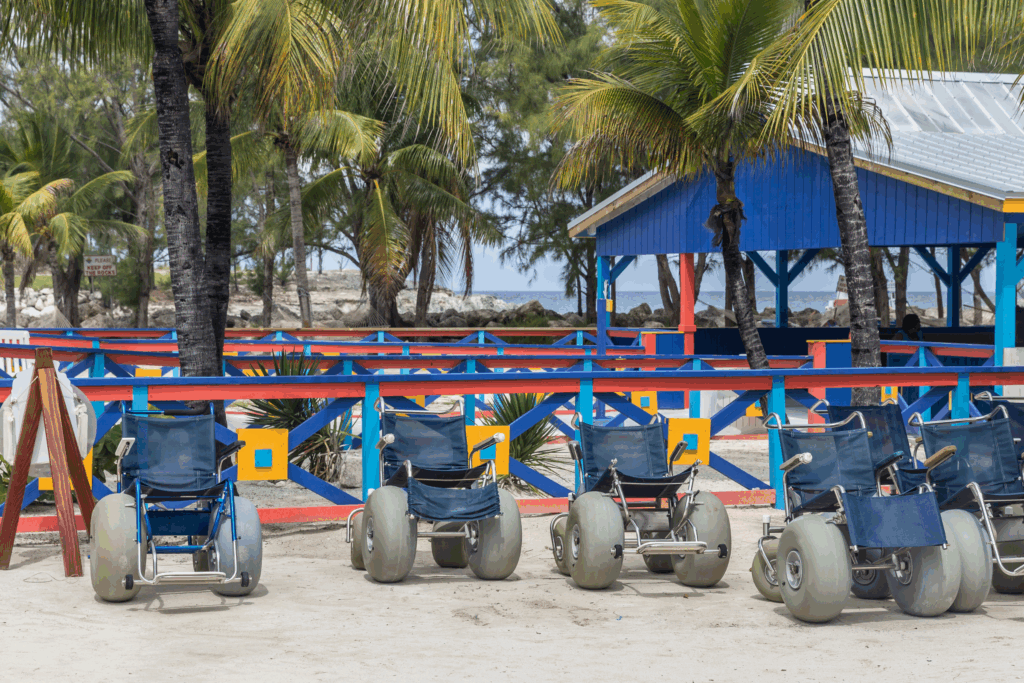
Move United expands that concept to sports and outdoor activities. Accessible outdoor equipment includes items like portable ramps, adapted sports equipment (fishing rods, golf clubs), and specialized wheelchairs or handcycles for activities like hiking, cycling, and even team sports.
It can make a big difference in the lives of people with disabilities, allowing them to participate in recreational activities comfortably and safely.
Why Self-Advocacy Matters in Accessibility
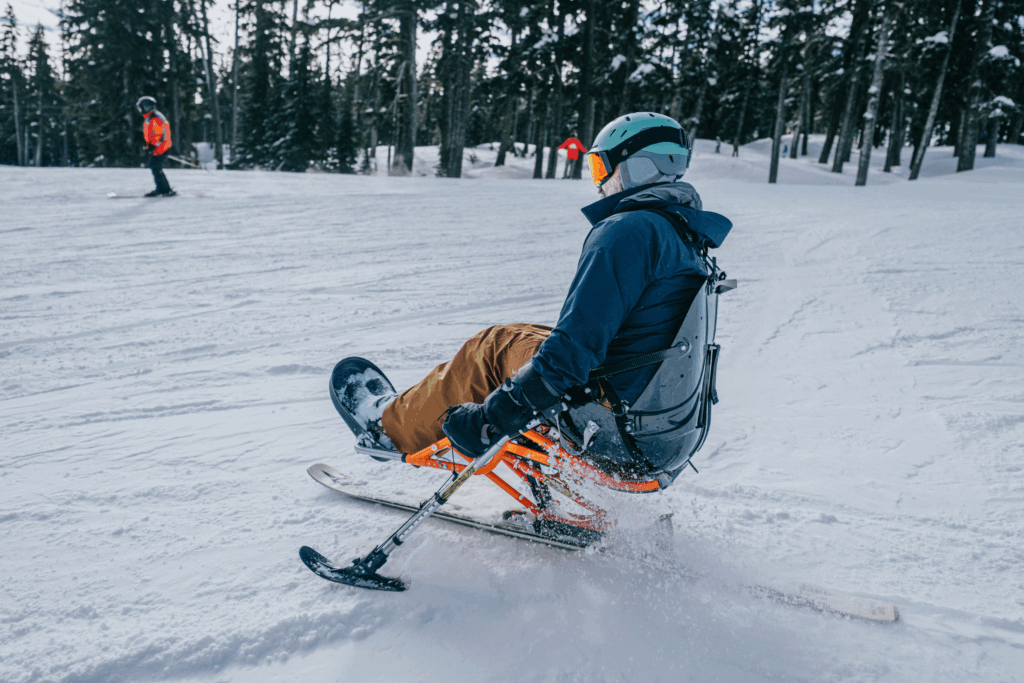
With this in mind, the question then becomes how do we provide access to accessible equipment for everybody regardless of their ability, so that every person has a chance to participate in adaptive sports or outdoor adventures?
One of the best ways that I have found to navigate the lack of accessible equipment in my community is through self-advocacy. And believe me, I know that that can be exhausting to hear, especially when you feel like self-advocacy never ends, and that accessibility should be the standard, not the exception.
Overcoming Community Barriers
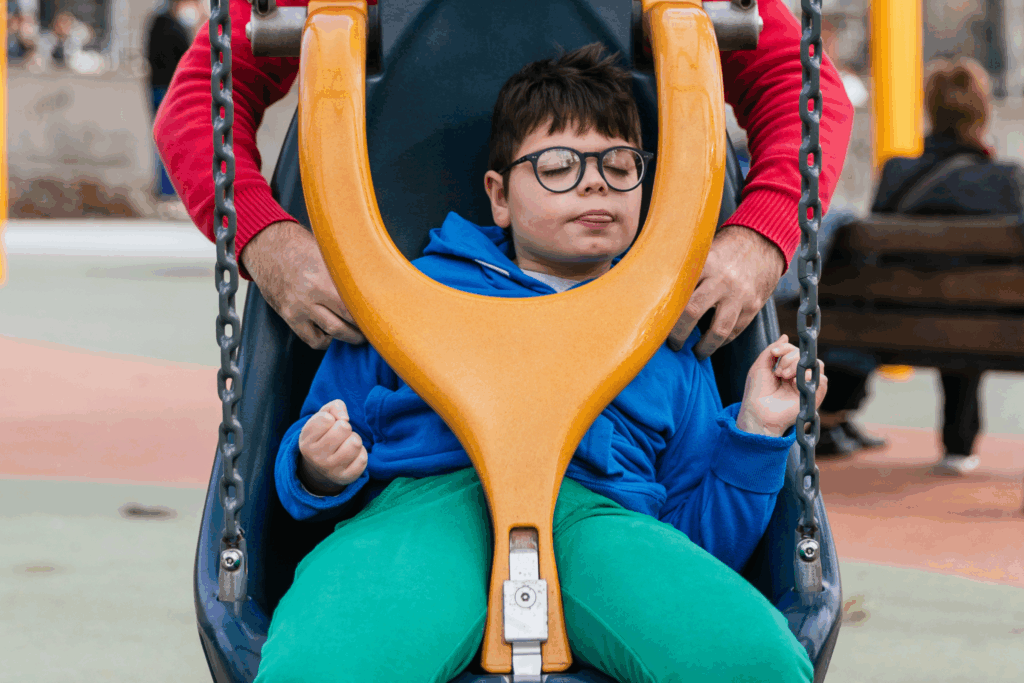
However, the truth of it all is that self-advocacy is never going to end. There will always be a group of people looking in from the outside, questioning why things should be accessible without even considering that one day they might be in a position where they need the accessibility that they are seeking.
Disability can happen to anyone at any time!
Case Study: Presque Isle State Park and the Accessibility Gap
For example, where I live in Erie, Pennsylvania, I am very close to Presque Isle State Park. At the park, there is a variety of places where a person can either rent a bike, canoe, or paddleboard by the hour. For as long as I’ve lived here, I have never known of any place inside the state park that offers adaptive equipment for any of these activities.
My Search for Adaptive Equipment
In July, I began to research local organizations to see if they might offer adaptive outdoor experiences to individuals in my community. Unfortunately, nothing panned out.
So, I went back to the drawing board to see if any other organizations near me might be able to walk me through the process of getting adaptive equipment available for rent through the park.
After some research, I connected with Erie Canal Boat Company. This organization provides adaptive equipment to patrons who want to enjoy an outdoor experience at the canal in Fairport, New York.
After an email exchange with the founder, Peter Abele, we had a phone call. He acknowledged my frustration about the lack of access to such equipment, especially since it’s a state park. He offered guidance on making adaptive rentals a reality. I was on to something … until the trail went cold.
Lessons Learned in Self-Advocacy
After calling all the independently owned and operated outdoor equipment businesses located inside the park, I still have not received any correspondence expressing interest in expanding the inventory with adaptive equipment. Despite that being extremely frustrating, I won’t give up. Sometimes you need to keep beating the drum for it to resonate. That is the drum of self-advocacy.
Resources for Accessing Adaptive Equipment
That said, there are other options to explore:
- The Bellows Fund: Since 1995, United Cerebral Palsy’s Bellows Fund — established through a generous grant from Dr. Elsie S. Bellows — has been a beacon of hope for individuals with disabilities across the network. This vital fund supports the purchase of essential assistive technology, including wheelchairs, ramps, communication devices, and other tools that empower people to live more independently. The Bellows Fund is administered through UCP Network Affiliates, which work directly with individuals and families to identify needs and distribute funds where they’re needed most. Maybe it’s a communication device, a wheelchair designed for outdoor terrain, a stairlift, or even a game controller.
- Every state is required to have a Center for Independent Living (CIL). Each CIL is an independently owned and operated nonprofit; some might offer opportunities for outdoor recreation or potentially even day programs. However, if they don’t, they should still be able to point you in the right direction to help you find what you are looking for, whether that be adaptive sports or adapted outdoor experiences.
- I mentioned it earlier in this post, but Move United is a great organization helping break barriers for nearly 70 adaptive sports. Move United’s vision is that every person, regardless of ability, has an equal opportunity to participate in sports and recreation in their community. Their mission is to provide national leadership and opportunities for individuals with disabilities to develop independence, confidence, and fitness through participation in community sports, including competition, recreation, and educational programs.
The Ongoing Importance of Advocacy for Accessibility
If you’ve made it this far in the post, I want to thank you for sticking with me. I understand how frustrating it can be to constantly advocate for yourself or your loved one. I know it can feel like you’re screaming into a void sometimes, and the only response you get back is your own echo. However, despite the exhaustion, the fight is far from over, and I am right there with you.
While it isn’t always easy, we must keep self-advocating at our parks and recreational areas to make accessible equipment widely available to anyone who needs it to live a life without limits.
About the Author
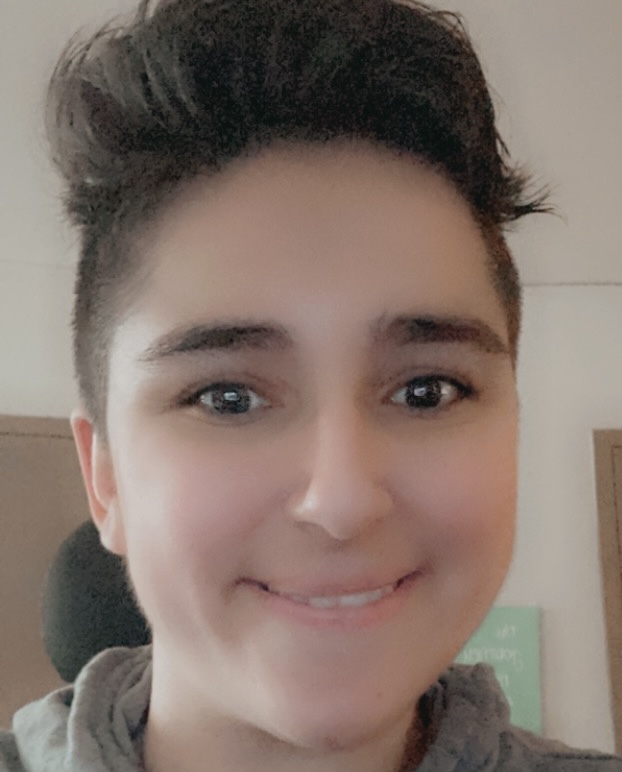
As a volunteer with UCP, Danielle Shealy puts her lived experience and creative voice to good use for her community. With a background in strategic communication and a double minor in digital media production, public relations, branding, and imaging, she is excited to shine an even brighter light on her community. As someone with cerebral palsy, she has a fiery passion for leveling the playing field for everyone with disabilities. Whether that’s through highlighting adaptive outdoor activities in her community or advocating for accessibility to be considered where it might not have been before. Danielle hopes to educate whoever will listen about cerebral palsy and the ways it can be accommodated within everyday society, so that no matter the disability, everyone can feel included. Aside from volunteer efforts, Danielle loves to be outdoors whenever she can. On cold winter days, she loves to cuddle up with a good book and watch a movie.
